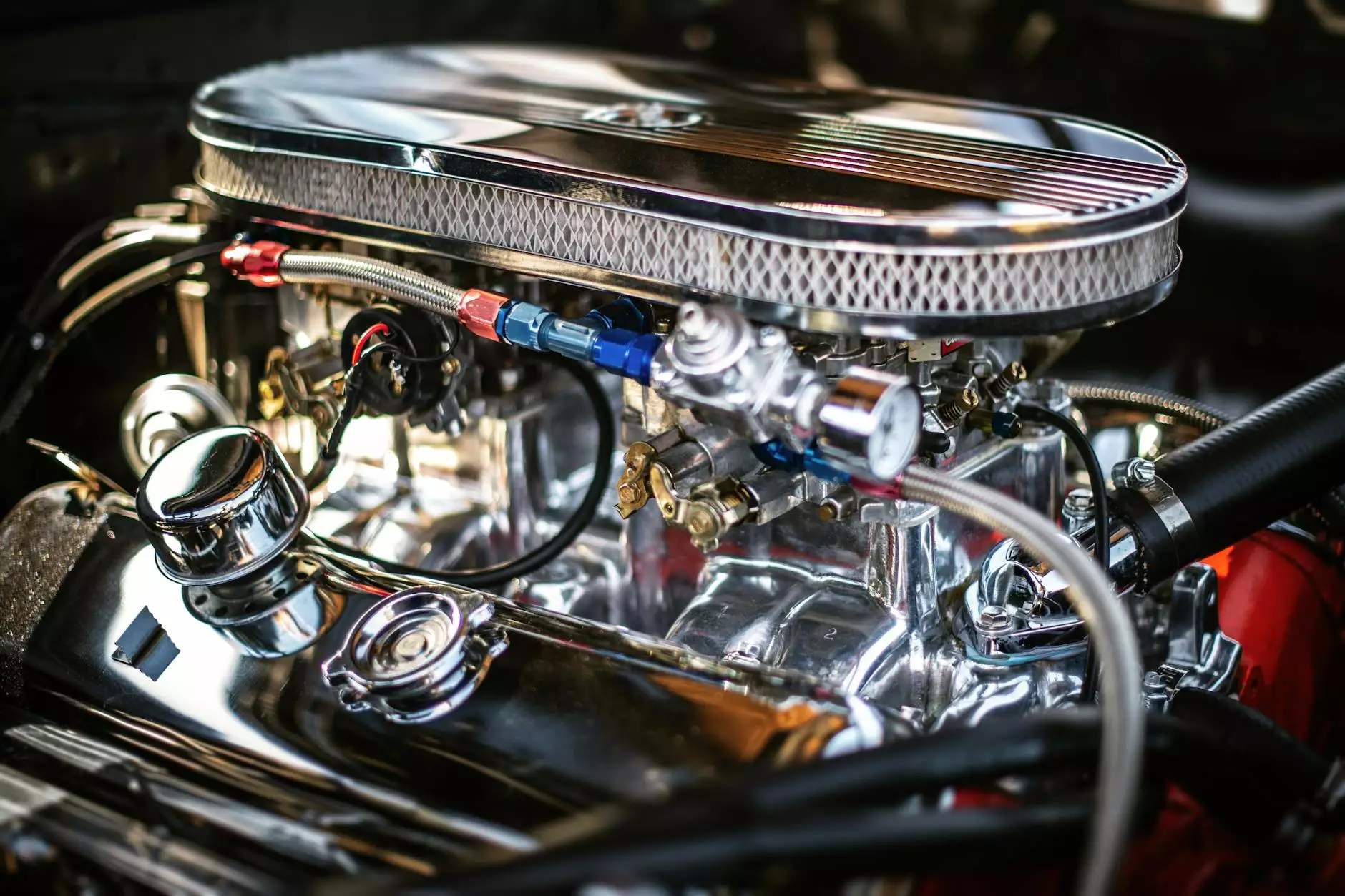Exploring the Parts of a Cylinder Head

The Importance of a Well-Functioning Cylinder Head
The cylinder head plays a crucial role in the overall performance and efficiency of an automotive engine. It serves as a vital component that houses several essential parts, allowing the engine to function smoothly, delivering power and optimal performance to the vehicle. In this article, we will explore the various parts of a cylinder head and their respective functions.
1. Cylinder Head Gasket
The cylinder head gasket is a critical component that seals the cylinder head to the engine block, ensuring a proper compression ratio. It prevents any leakage of combustion gases or coolant into the cylinders and maintains the overall integrity of the engine. It is usually constructed from a durable material such as multi-layer steel or composite material.
2. Valves
The cylinder head contains intake and exhaust valves that facilitate the intake of air and fuel mixture into the combustion chamber and the expulsion of combustion gases after the combustion process. These valves are controlled by the camshaft, which dictates their opening and closing timings. The valve stems, valve springs, and valve seats work together to ensure smooth valve operation and a proper seal when closed.
2.1 Intake Valves
The intake valves are responsible for letting in the air and fuel mixture into the combustion chamber. They open at the appropriate time as determined by the engine's timing system and close after the intake stroke. The intake valves allow for the efficient combustion process by ensuring the proper air-fuel ratio in the chamber.
2.2 Exhaust Valves
On the other hand, the exhaust valves are responsible for expelling the combustion gases after the power stroke. These valves open up during the exhaust stroke and close to provide a tight seal, preventing any backflow of exhaust gases into the combustion chamber.
3. Valve Guides
The valve guides act as supports and provide guidance to the valves as they move up and down in the cylinder head. They ensure the valves stay aligned and centered, preventing any unwanted vibrations or misalignment during operation. Valve guides are typically made of cast iron or bronze to handle the high temperatures and mechanical stress.
4. Valve Seats
The valve seats are crucial components that provide a sealing surface for the valves when closed. They are usually made of hardened steel or a heat-resistant alloy. The valve seats ensure a proper seal, preventing any leakage of combustion gases during engine operation.
5. Valve Springs
Valve springs are responsible for controlling the opening and closing of the valves. They provide the necessary force to keep the valves closed when required and enable them to open when the camshaft allows. Valve springs play a crucial role in maintaining precise timing and preventing valve float at high engine speeds.
6. Camshaft
The camshaft is a vital component that controls the opening and closing timings of the valves. It is driven by the engine's crankshaft through a timing belt or chain. The camshaft lobe profile determines the valve's motion, ensuring accurate timing and optimal engine performance.
7. Rocker Arms
The rocker arms, also known as valve levers, act as a bridge between the camshaft and the valves. They receive the motion from the camshaft lobes and transfer it to the valves, causing them to open and close. Rocker arms ensure the synchronized movement of the valves and enable the precise control of valve timings.
Conclusion
Understanding the various parts of a cylinder head and their functions is essential for anyone interested in automotive engines. The cylinder head, along with its components such as the cylinder head gasket, valves, valve guides, valve seats, valve springs, camshaft, and rocker arms, all work together to ensure optimal engine performance and efficiency. By maintaining the integrity and proper function of these components, vehicles can operate smoothly and deliver the power and reliability that automotive enthusiasts seek.
parts of cylinder head








